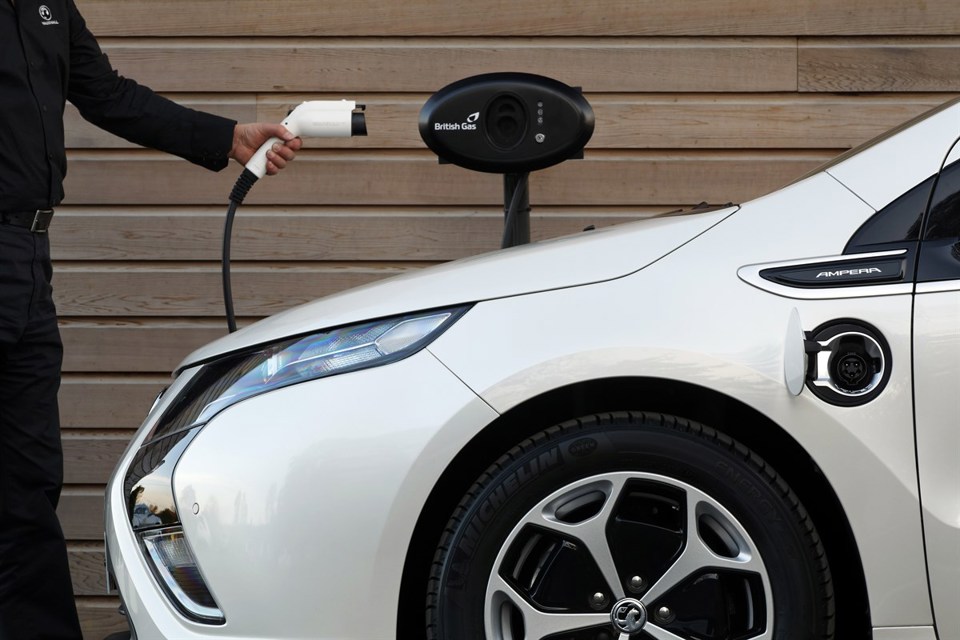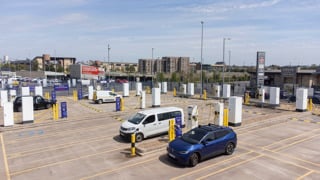More than 25,000 plug-in car and plug-in van grant claims have been submitted since the scheme began in 2010.
January saw nearly 2000 claims, and total ULEV sales in 2014 were four times the level of the previous year. The UK is now ahead of France and Germany in ULEV take-up.
25 car models and 7 van models are currently eligible for the plug-in grant, with a further 40 ULEV models from major manufacturers expected to come to market over the next 3 years.
Transport minister Baroness Kramer said: "More and more people are deciding a ULEV is the right choice for them. They are great to drive, easily chargeable at home or on the street, and cheap to use with running costs from just 2 pence a mile. The government's £500 million investment will help more models become available to suit a wide range of budgets. This thriving industry will support jobs and build a stronger economy."
While plug-in car grant eligibility remains the same, a new banding system has been introduced to help prioritise grants once 50,000 have been claimed.
- Category 1: CO2 emissions of less than 50g/km and a zero emission range of at least 70 miles
- Category 2: CO2 emissions of less than 50g/km and a zero emission range between 10 and 69 miles
- Category 3: CO2 emissions of 50-75g/km and a zero emission range of at least 20 miles.
Until 31 March 2015, all qualifying cars will continue to receive a grant offer of 25% off the basic price of the car, capped at £5,000.
From 1 April 2015, cars will qualify for a 35% grant off the basic price of the car. The cap will remain at £5,000 for all cars, regardless of which category they are in, until further notice.
The increase in grant percentage means that some models of the Renault Zoe and battery rental editions of the Nissan Leaf will see a discount on the total purchase price.
A review of grant levels will take place in May this year, which will set the funding level from 2017, or after 50,000 grants have been issued - whichever is sooner.
Grant availability will continue to be promoted as part of the Go Ultra Low campaign which is jointly funded by government and industry. The campaign aims to increase consumer and fleet uptake by highlighting the increasing variety and benefits of ULEVs.


















Login to comment
Comments
No comments have been made yet.